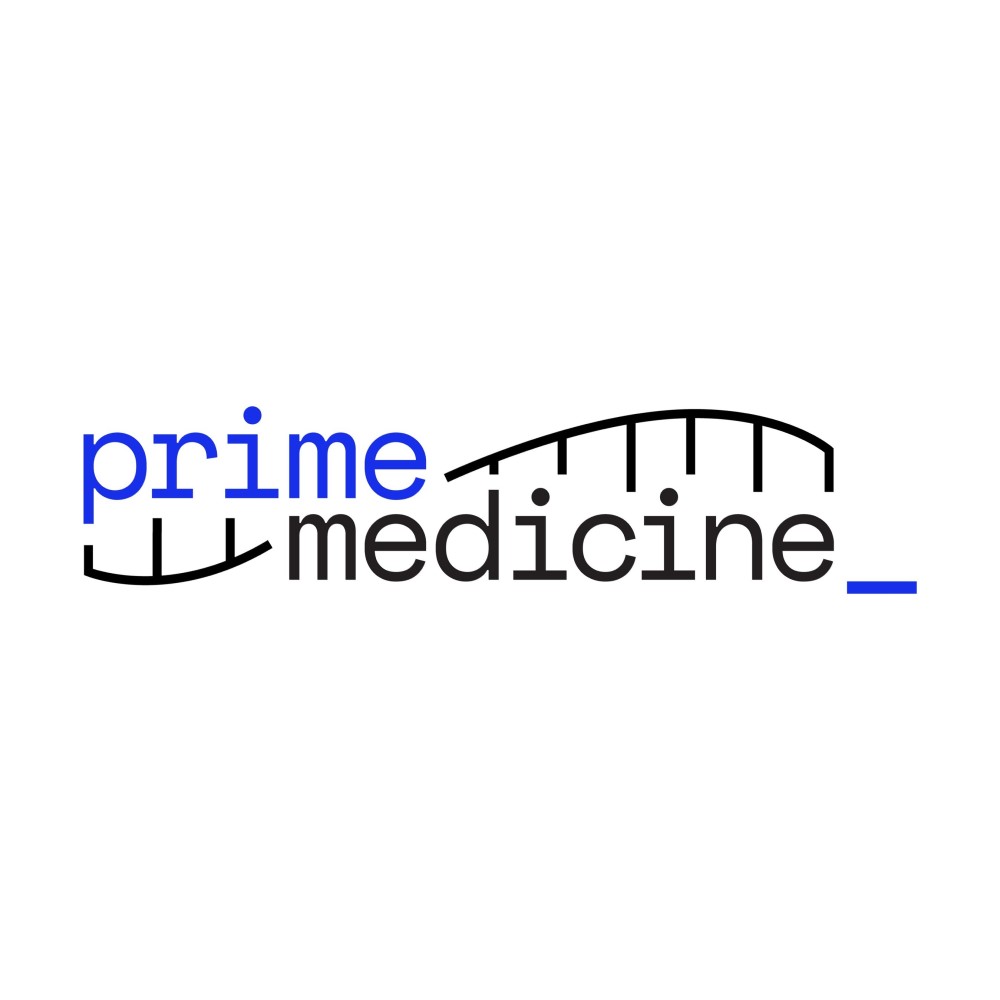
Prime Medicine Announces Breakthrough Data Showing Rapid Restoration of DHR Positivity After Single Infusion of PM359, an Investigational Prime Editor for Chronic Granulomatous Disease
On May 19, 2025, Prime Medicine announced positive initial data from the first patient dosed in its ongoing Phase 1/2 clinical study of PM359 in Chronic Granulomatous Disease (CGD). Preliminary results from the first patient demonstrated that PM359 was well-tolerated, showed rapid engraftment and restored NADPH oxidase activity to well above the threshold for clinical benefit, as measured by the dihydrorhodamine (DHR) assay.
CGD is a rare inherited disease that leads to recurrent, debilitating and often life-threatening infections. It is caused by mutations in genes, including NCF1, that encode proteins that form the NADPH oxidase complex, an enzyme that kills bacteria and fungi to control infection.
PM359, an ex vivo Prime Edited autologous hematopoietic stem cell (HSC) product for the treatment of p47phox CGD and the first Prime Editor generated therapy to be administered in humans, is designed to correct the delGT mutation in NCF1, the most prevalent disease-causing mutation in the p47phox variant of CGD, thereby addressing its underlying pathophysiology.
Prime Medicine estimates that CGD causative mutations occur in between one in 100,000 and one in 200,000 births in the United States, with approximately 25 percent of patients presenting with the p47phox form of the disease.
PM359 is being evaluated in a Phase 1/2, multinational, first-in-human trial designed to assess safety, biological activity and preliminary efficacy in adult and pediatric study participants. Initial safety and efficacy data reported today are from the first adult patient treated in the trial.
This patient was treated with a single dose of PM359, administered by intravenous infusion. NADPH oxidase activity was measured by the dihydrorhodamine (DHR) assay at baseline, Day 15 and Day 30. Treatment with PM359 led to complete restoration of NADPH oxidase activity in 58% of neutrophils by Day 15 and 66% of neutrophils by Day 30, significantly exceeding the anticipated minimum threshold for clinical benefit of 20%.
Treatment with PM359 was generally well-tolerated, with an acceptable safety profile. Adverse events (AEs) were generally consistent with AEs otherwise observed during myeloablative conditioning with busulfan. No serious AEs related to PM359 were reported as of the data cutoff.
Tags:
Source: Prime Medicine
Credit:
